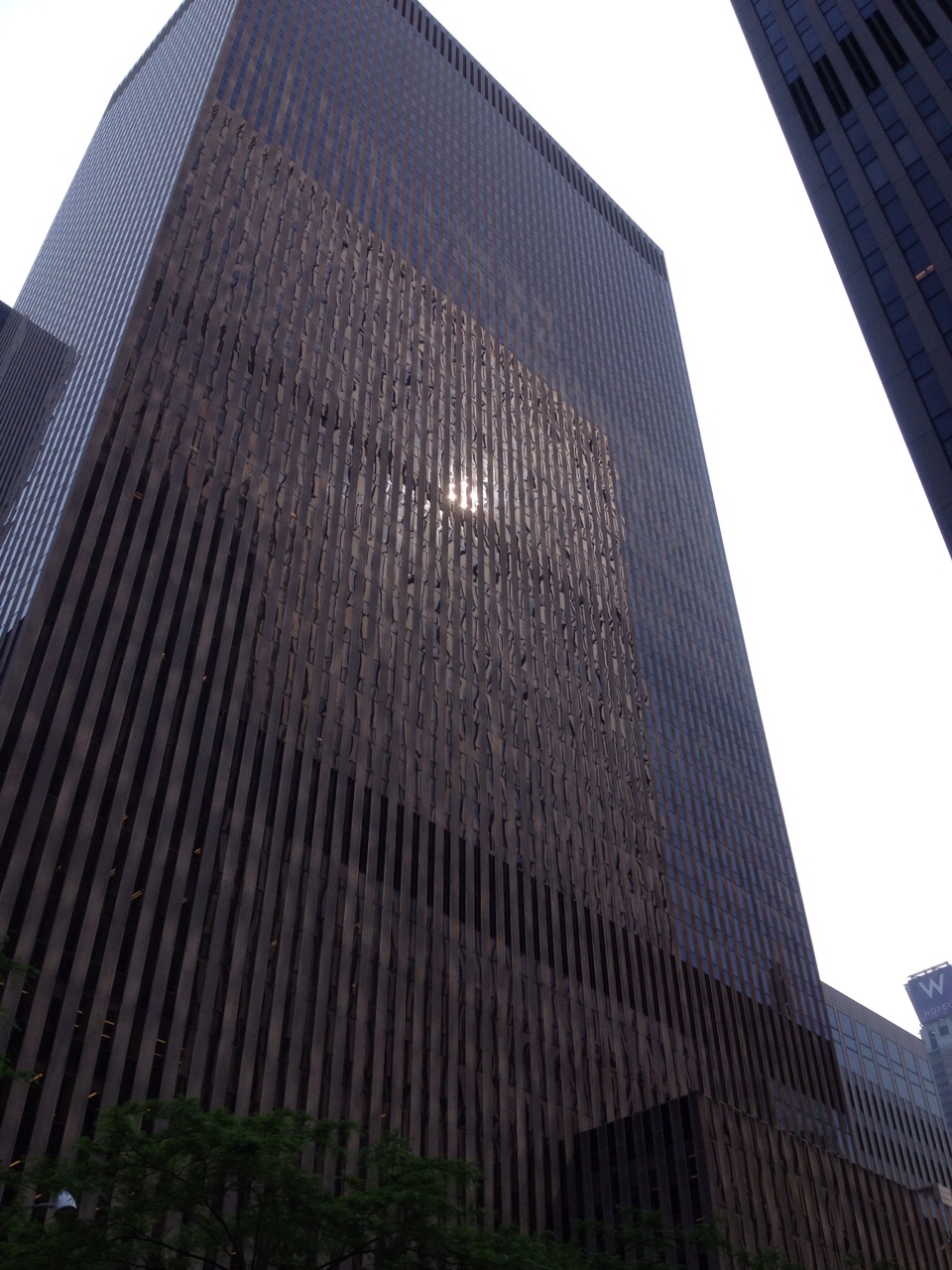The ERP monolith begins to unravel, sort of


It's going to take time, but the wheels of digital transformation are gradually grinding down the edifice of big ERP, writes Vinnie Mirchandani in his latest book, SAP Nation: A Runaway Software Economy.
To be sure, industry observers have been predicting the unraveling of SAP's monolithic hold over enterprises for some time now. Vinnie says SAP will be a dominant force in the industry well into the foreseeable future, as many competitive threats have only nibbled at it around the edges.
Nevertheless, the winds of change are blowing ever fiercer. There are several forces splintering the "big ERP" market as we once knew it. Cloud is creating enormous disruption, as is the shift to mobility and social. Another force, not cited often enough, is the gradual entry of a generation of IT leaders raised on personal technology, who expect to see technology-based services delivered the moment they are requested. "CSC, the outsourcing firm, estimates the average CIO today is 57 years old. In five years, they expect the age to dramatically drop to 42," Vinnie writes. "The younger CIO will be more driven by time-based competition and will expect far speedier deliverables from vendors like SAP."
While Vinnie takes aim at the long-established SAP model for automating and standardizing financial and operational processes, the case he makes could be applied to the dismemberment of any monolithic and all approaches to enterprise IT. It's not just SAP feeling the heat as the old order of IT collapses -- it's all mega-enterprise vendors who have sold all-encompassing, proprietary suites or platforms into enterprises over the past couple of decades. IBM has been feeling the pain in its slumping revenues in recent quarters. Microsoft has recognized that the office world no longer revolves around Windows PCs, and Oracle has been working hard to diversify beyond databases and ERP systems.
Again, blame it on the cloud. The functions offered through complex on-premises IT infrastructures are available in more granular fashion. Many essential services and application functions can be accessed as needed and in piecemeal style via cloud, versus making huge up-front investments in software, equipment, and consulting assistance. "Raised with a new set of social, mobile, sensory, and wearable technology, [IT managers] will demand SAP's experience and functionality to reflect the new order." That order, of course, would be using HR, finance, and operational services from the cloud. SAP recognizes this as well, and has been increasingly offering more of its components through the cloud.
Vinnie provides guiding principles for making the move from "SAP Nation" type thinking to adapting to the digital, cloud-based IT era:
Beware when the big vendor circle tent begins to collapse. "Each IT era has had a dominant vendor or vendors who defined not only the common architecture, but also had the most lucrative lasting margins," he observes. Under this big tent, partners, integrators and consultants hawked their wares. As long as the entire ecosystem is growing, everybody flourishes. However, when things tighten up, the ecosystem members are left scrambling. "To delay this impact, they will try to increase pricing, promise 'breakthrough extensions' of a last-era platform, add gimmicks, and stay relevant as long as possible." The problem is, they stick to the old model and ways of doing things.
Be patient, don't put all your bets on what seems "hot" today. The growth of IT solutions has followed a predictable path, Vinnie says. New technology comes along, usable applications appear that use the technology, then tools, processes and governance emerge to better fit it into the enterprise. It takes about 10-15 years until the technology is enterprise-grade and capable -- and the organization begins to evolve. "As an example,we got PCs and their apps in the 1980s, but it wasn't until the 1990s that firms eliminated secretaries,bookkeepers, middle management, and used email to manage on a more real-time, global basis," Vinnie says. "Watch the shiny new technologies such as SMAC [social, mobile, analytics, and cloud] and anticipate how the applications, management processes and material benefits will evolve. Try to stay one step ahead of what is likely to happen next. Do not get over-committed based on where in the IT evolution cycle you and the industry may be."
Watch what the forward-thinking companies do. "There has been a small number of more adventuresome users who have gone beyond the apparent economics and chosen to be functionally elastic. They were prepared to invest more for what they believed would give them clear differentiation. Identify and closely follow the journey of the functionally elastic players in your industry, adjacent industries, and even those in unrelated industries, but who are doing things that might be just over your horizon. Don't fall into the trap of dismissing what they are doing because of cost, troubles they might encounter, or your belief that their firms may fold or fail."
(Disclosure: I have performed research work within the past 12 months for Oracle, mentioned in this post.)